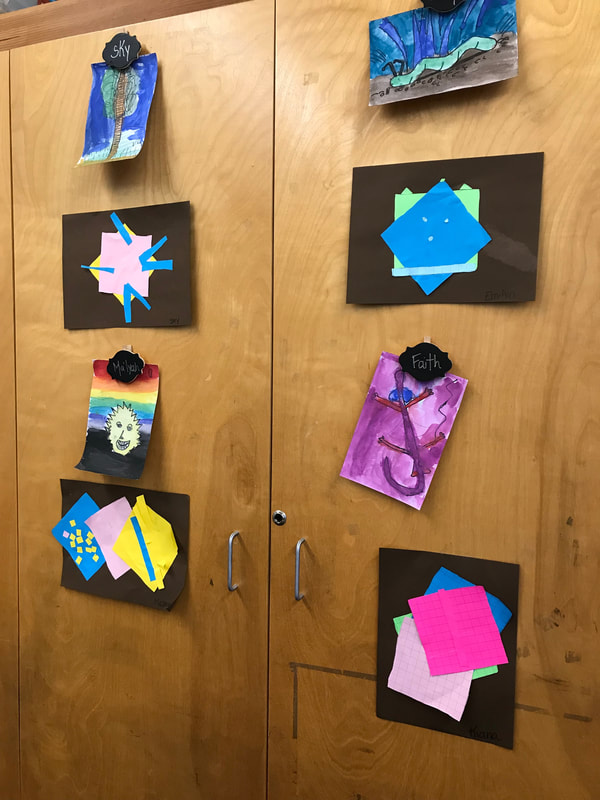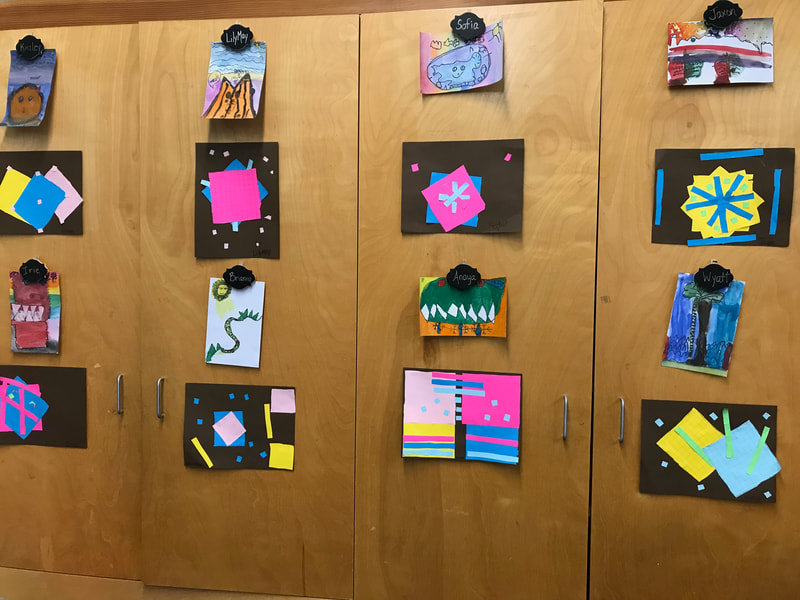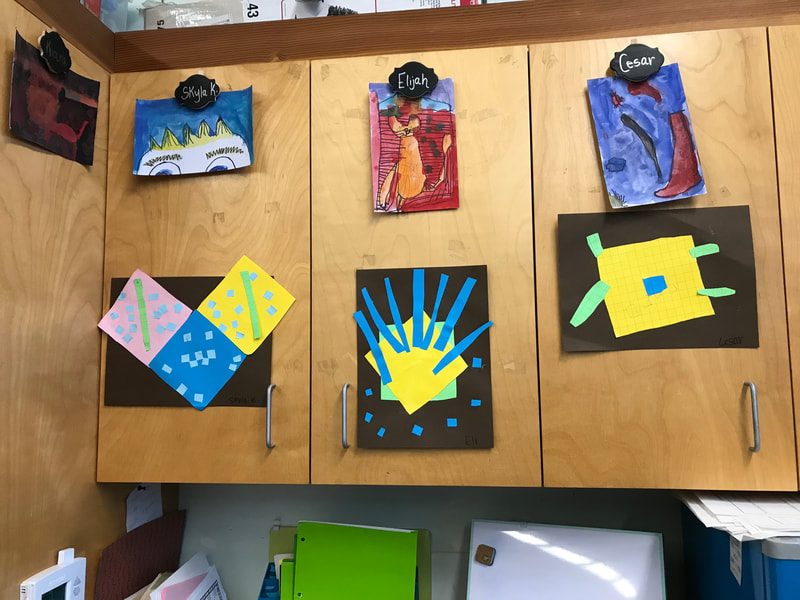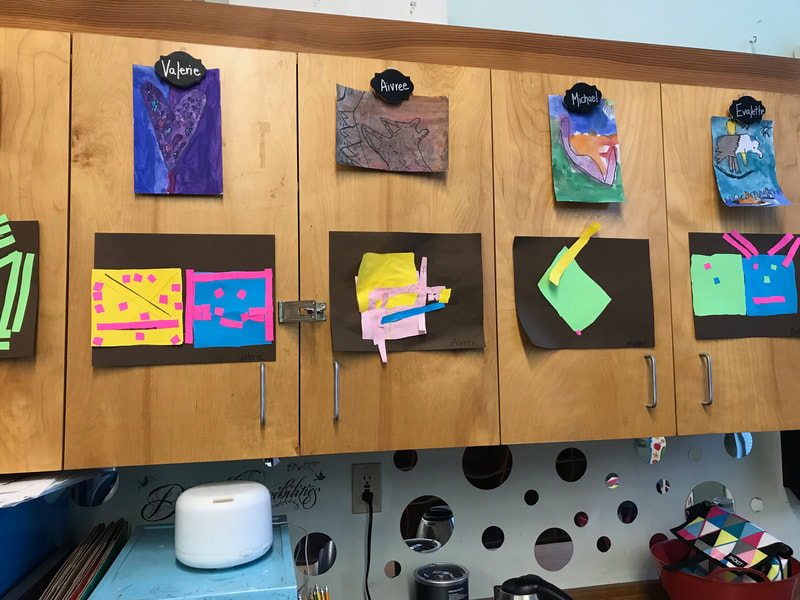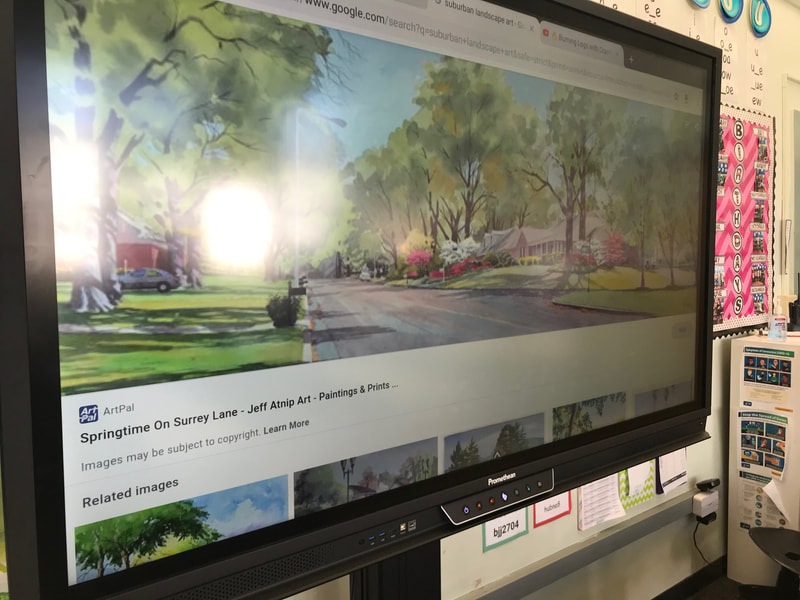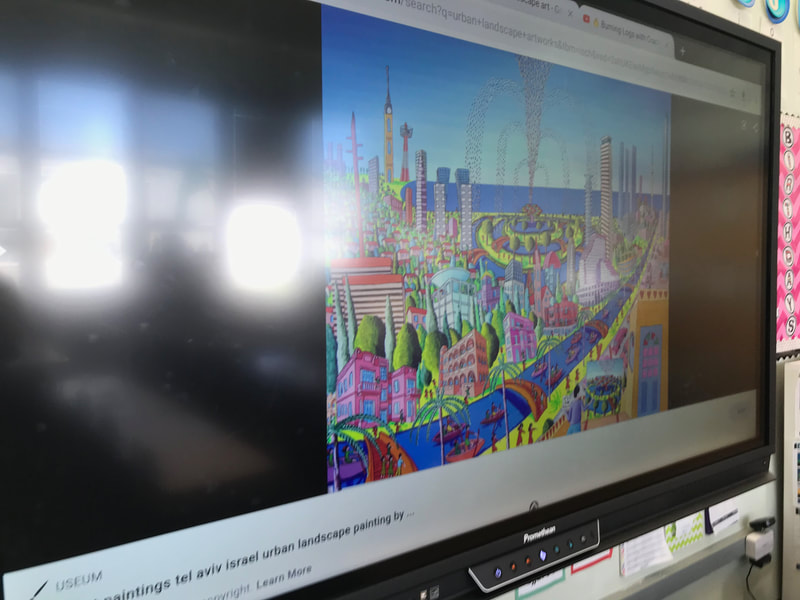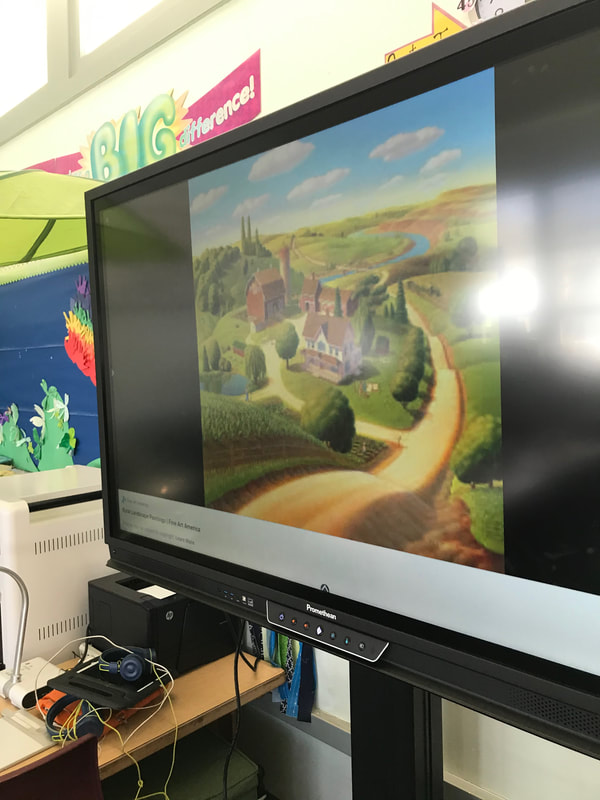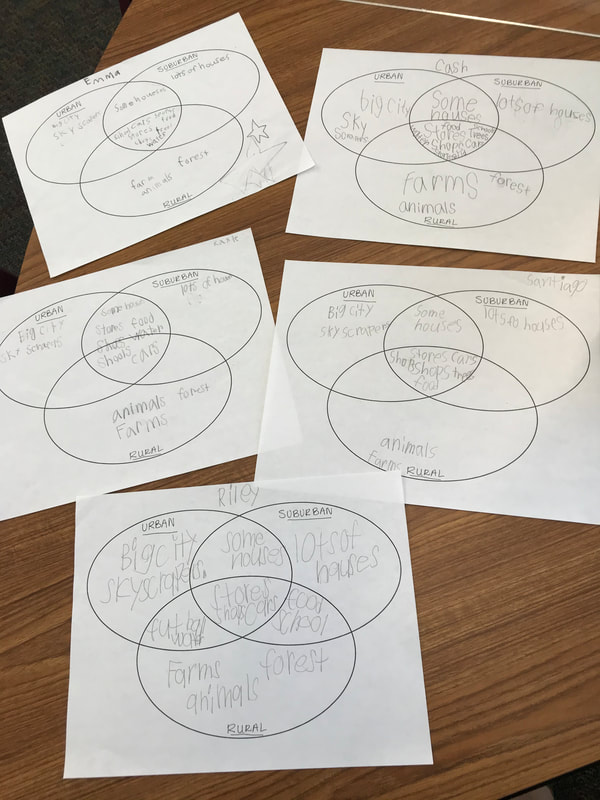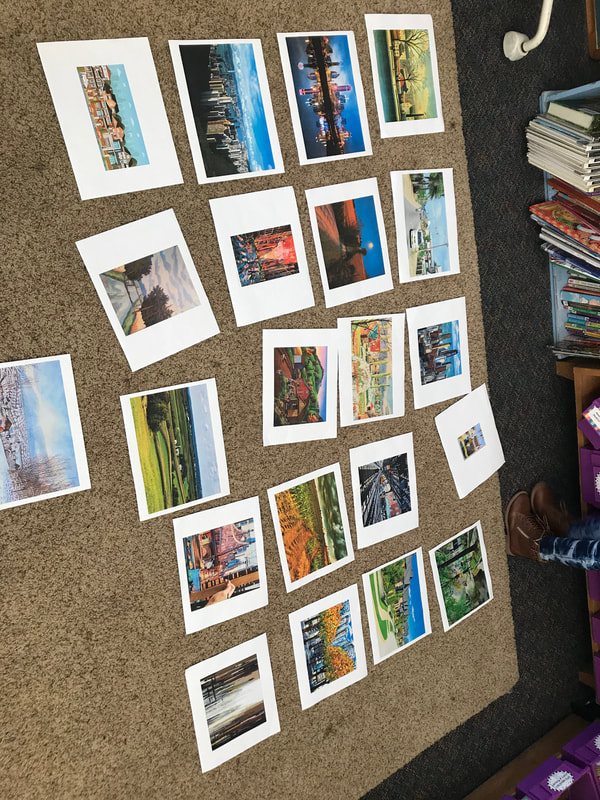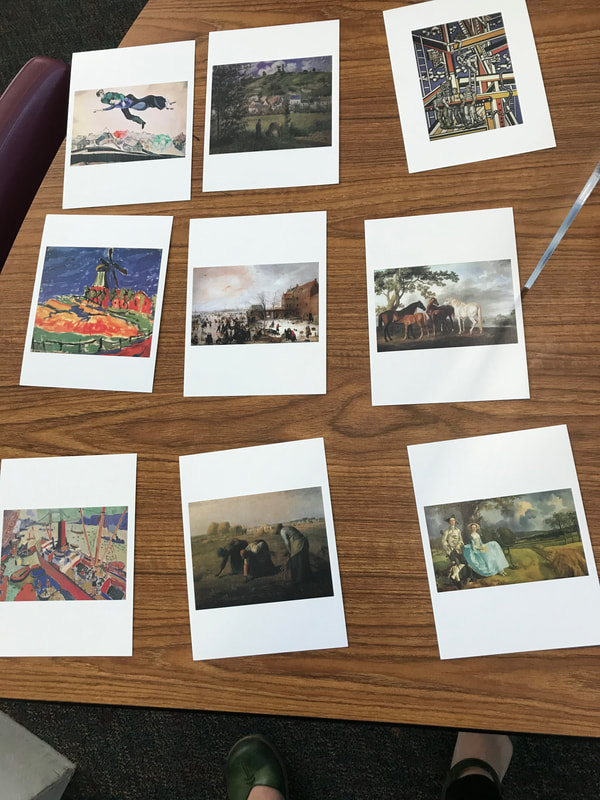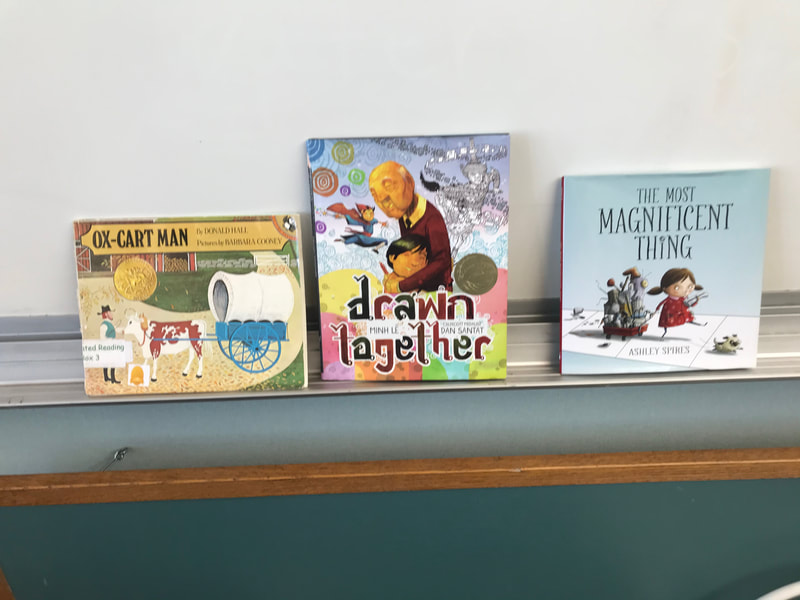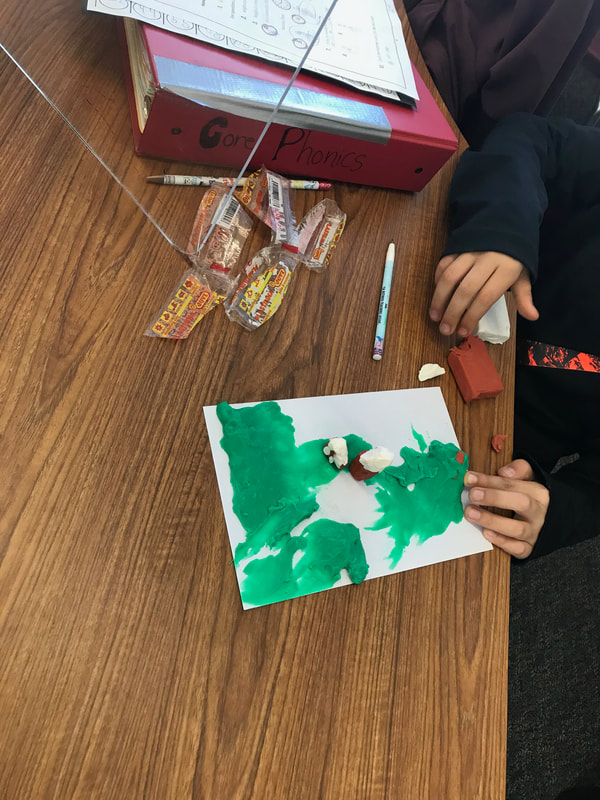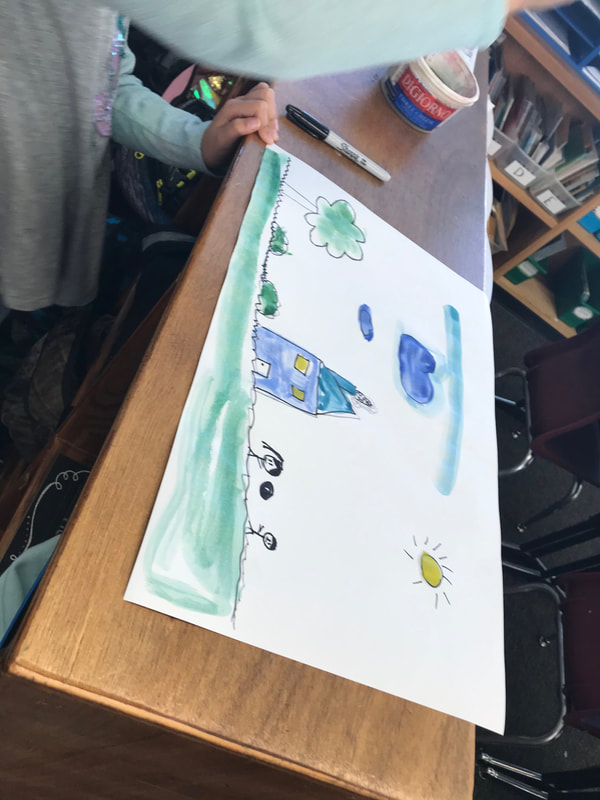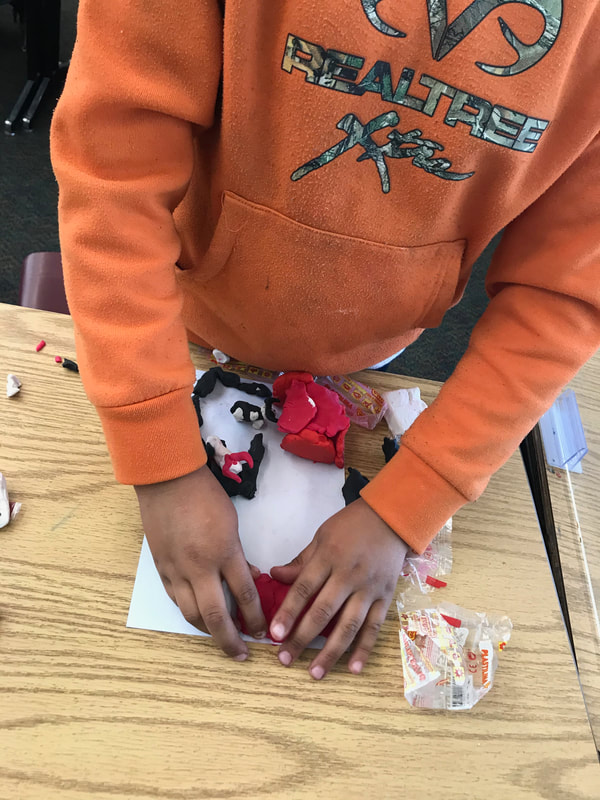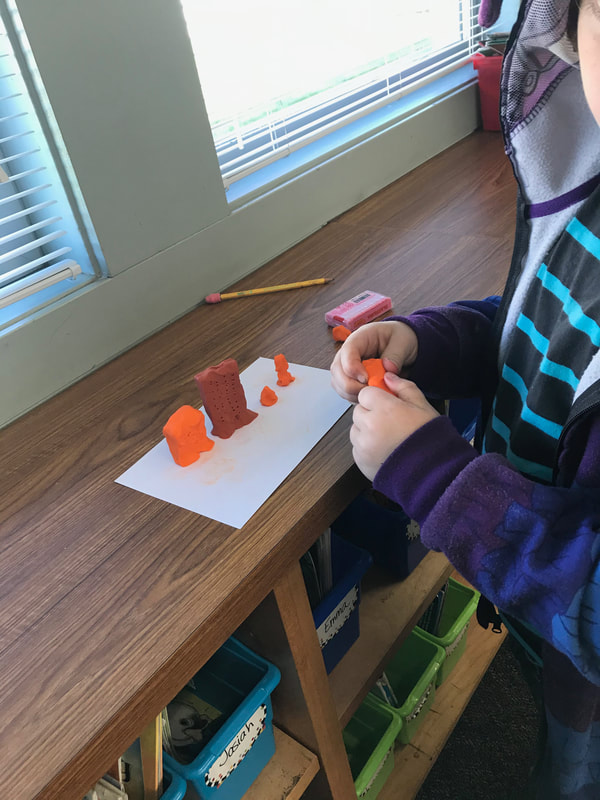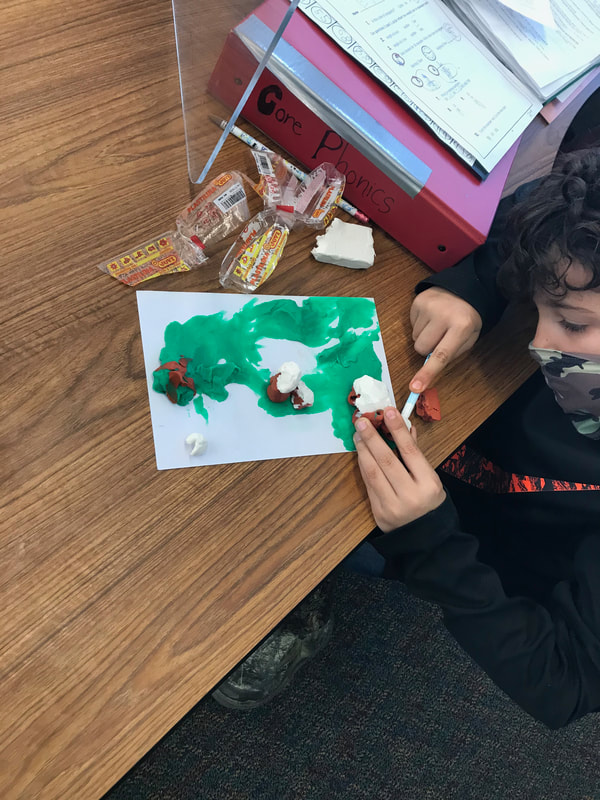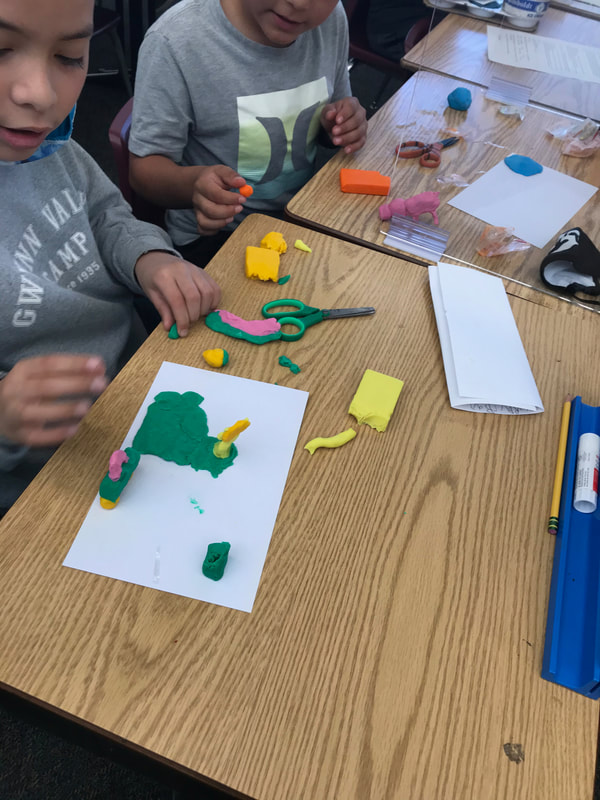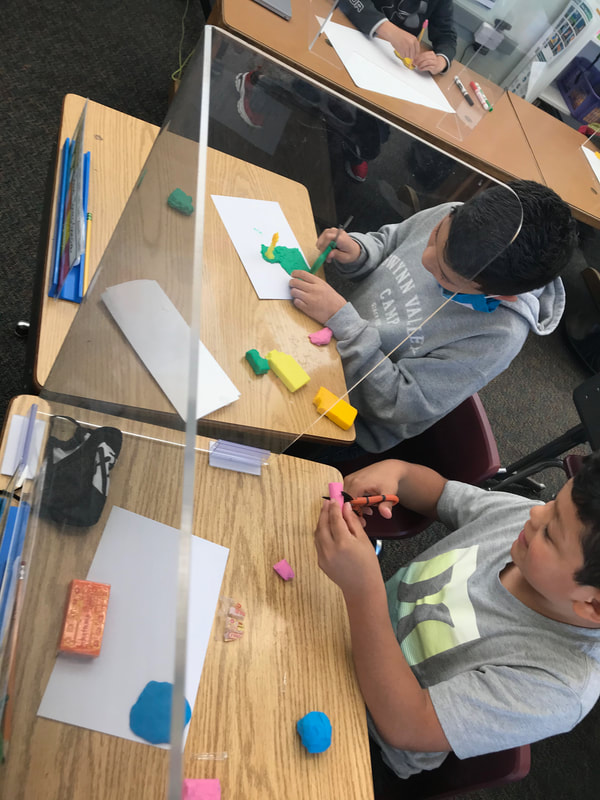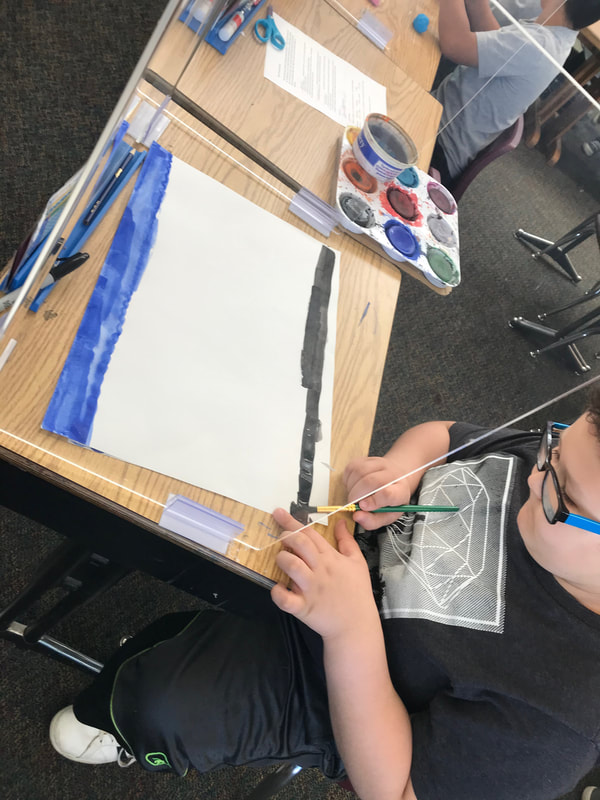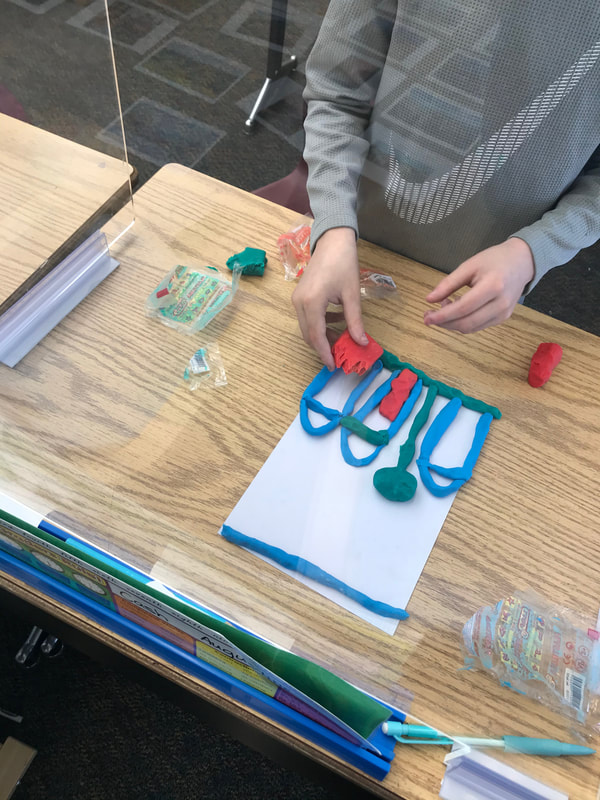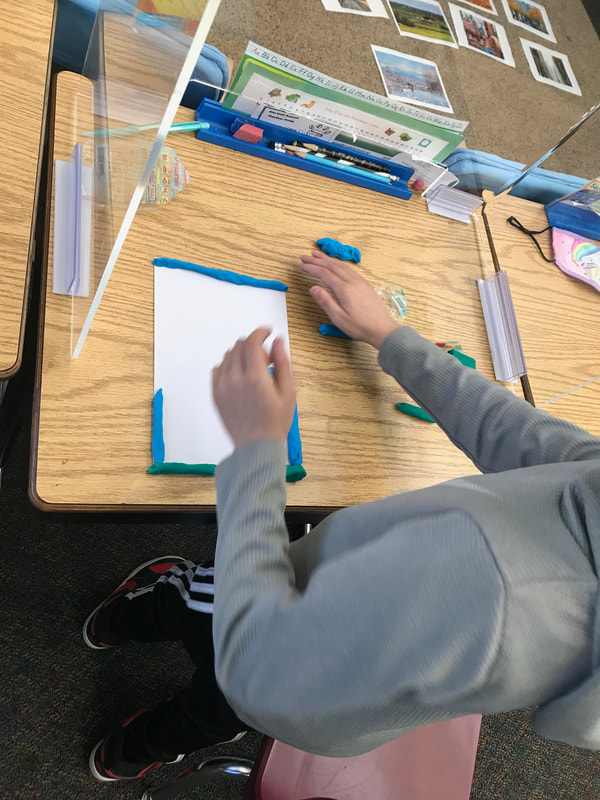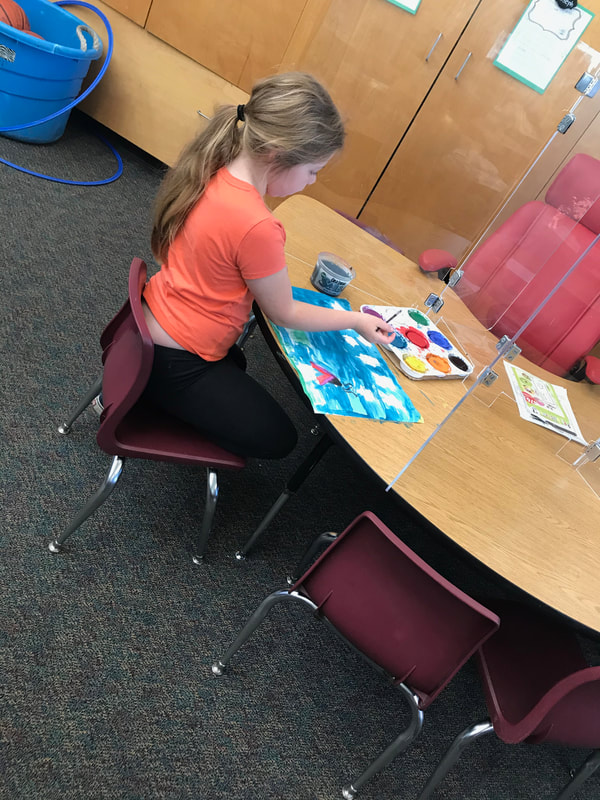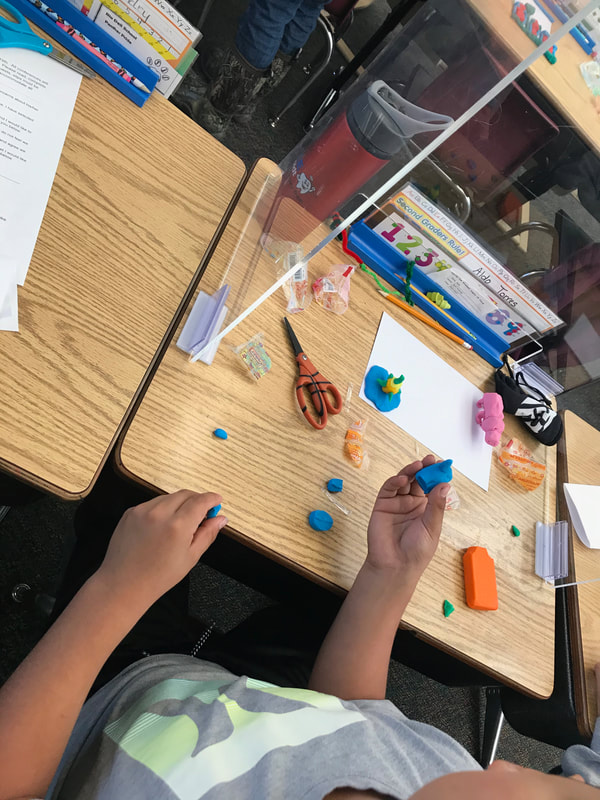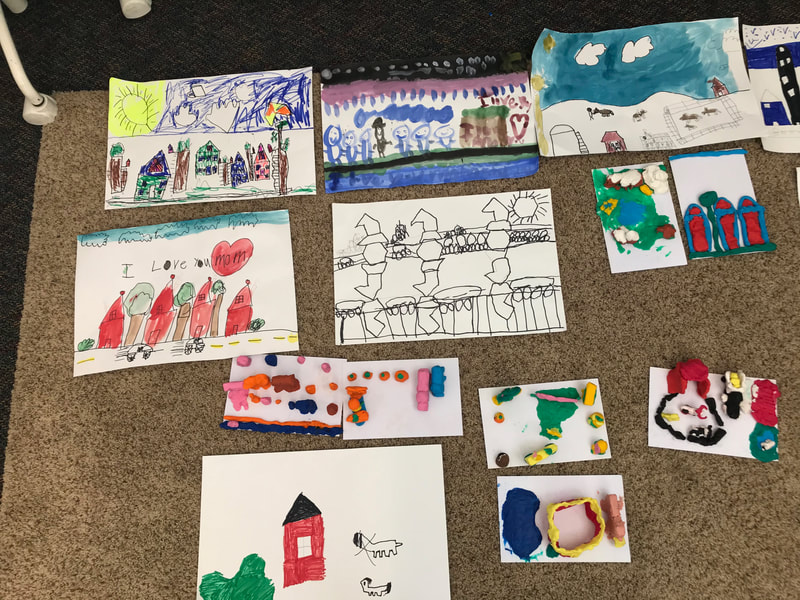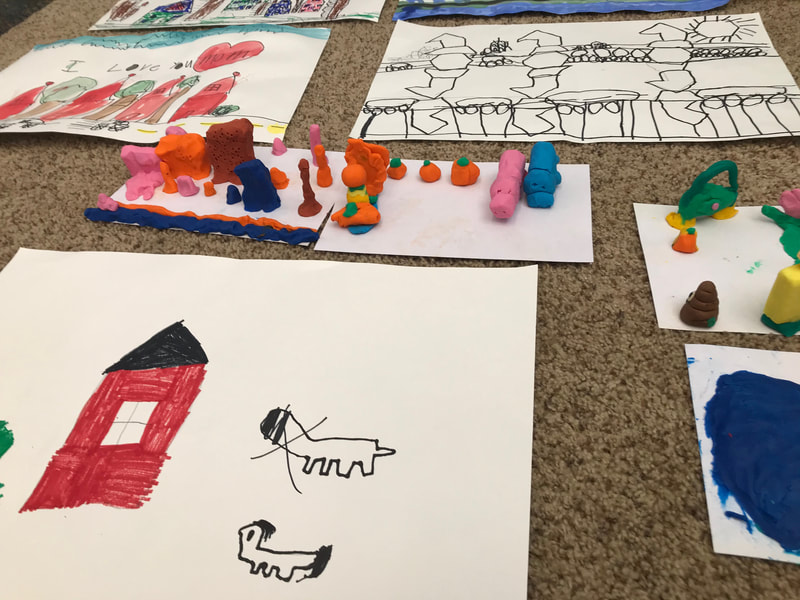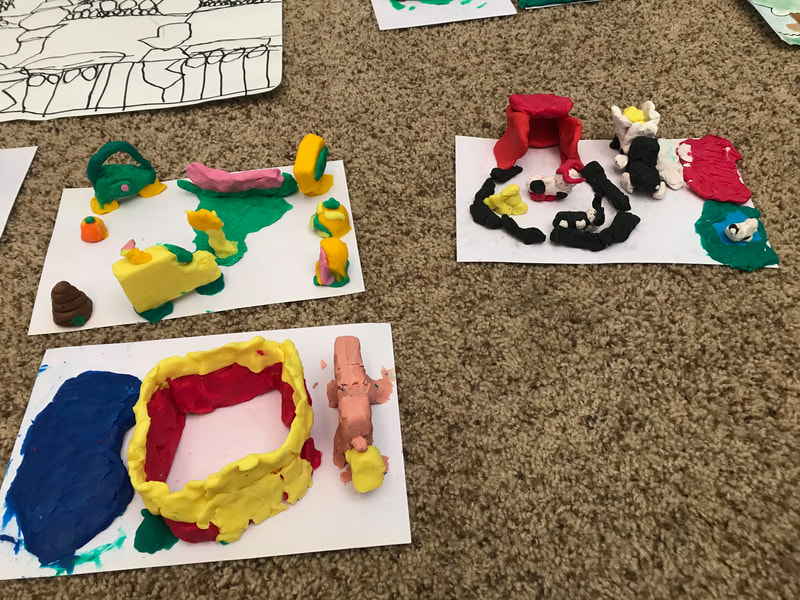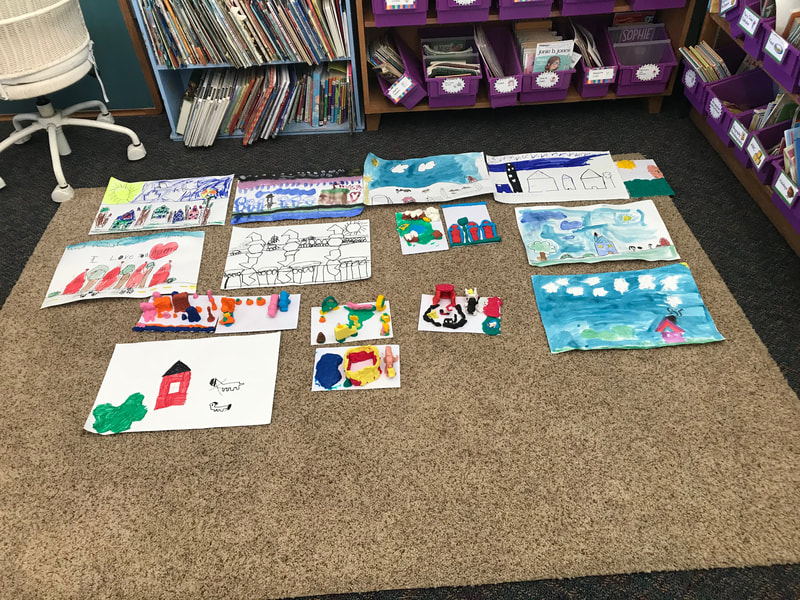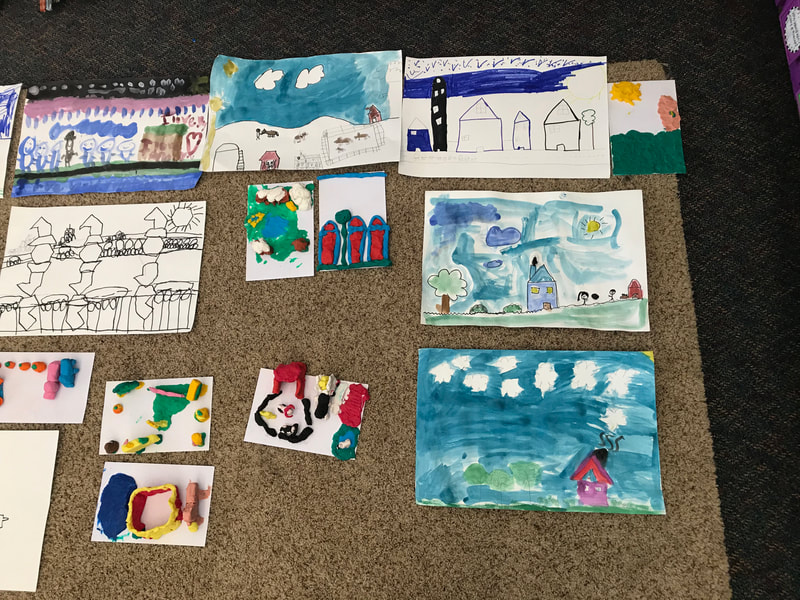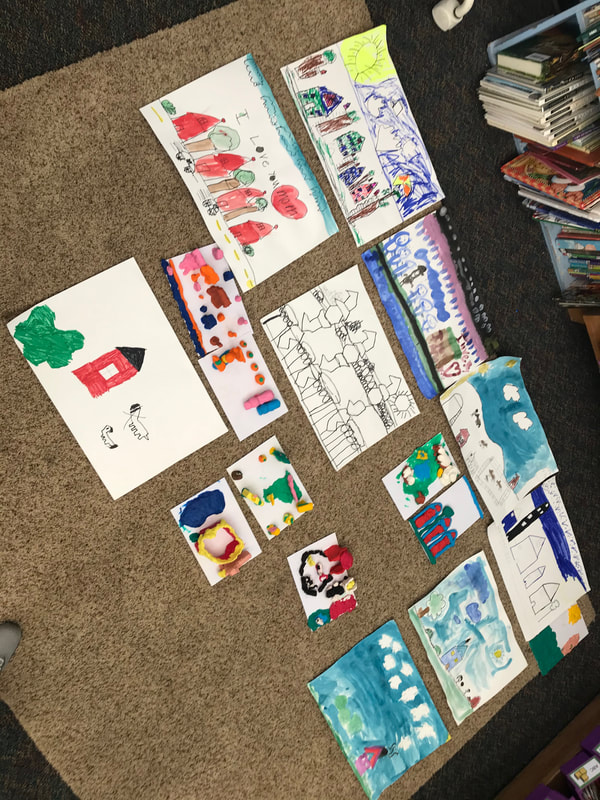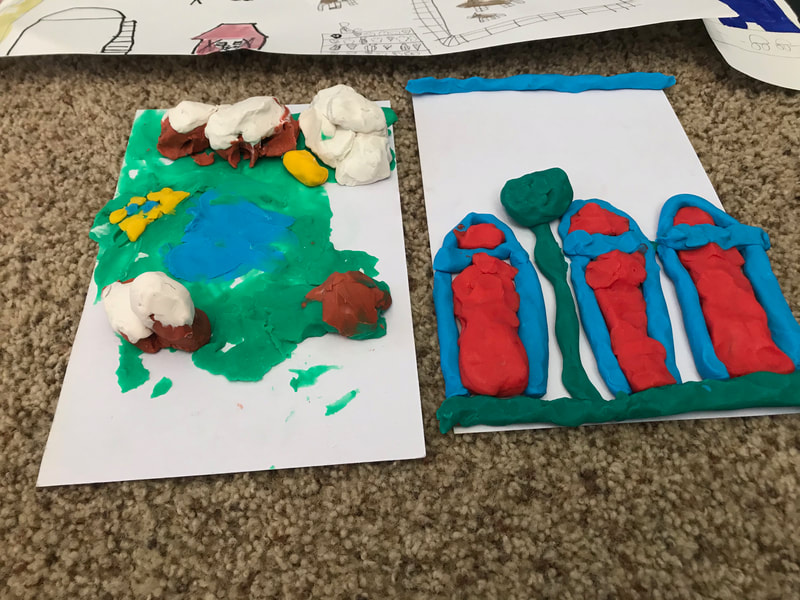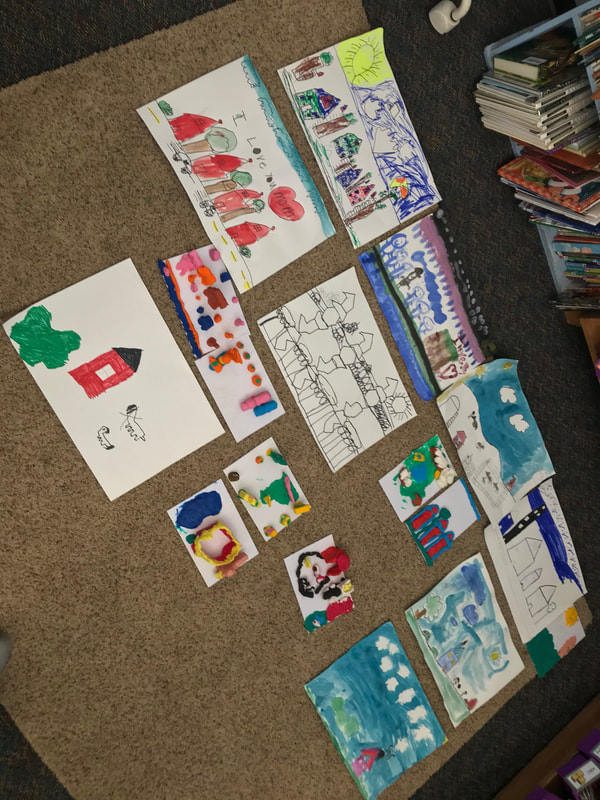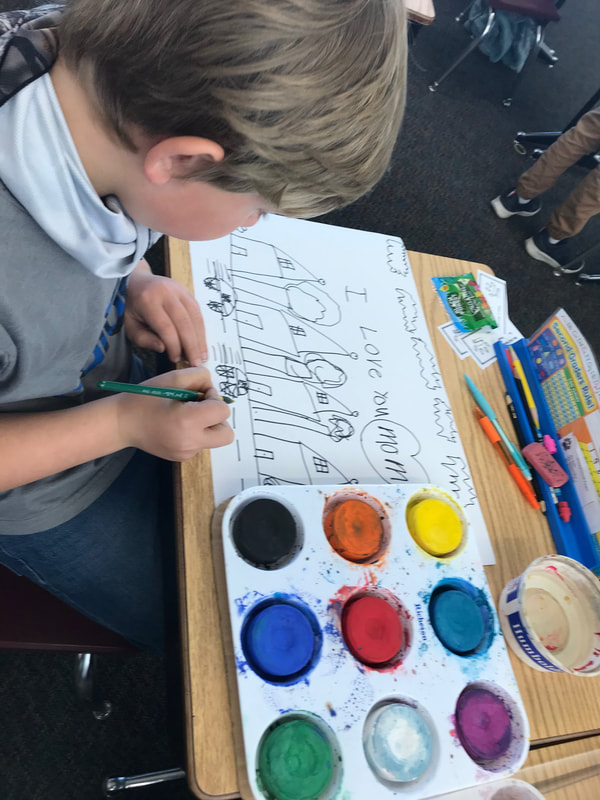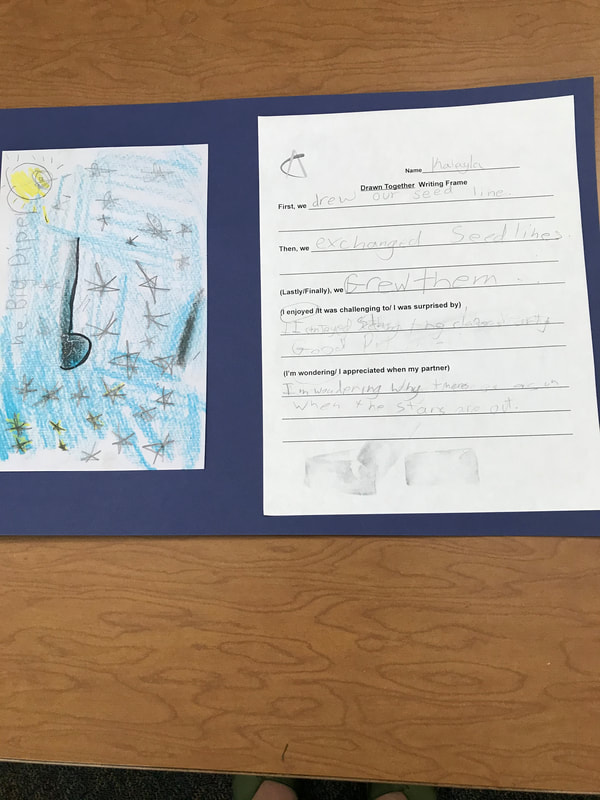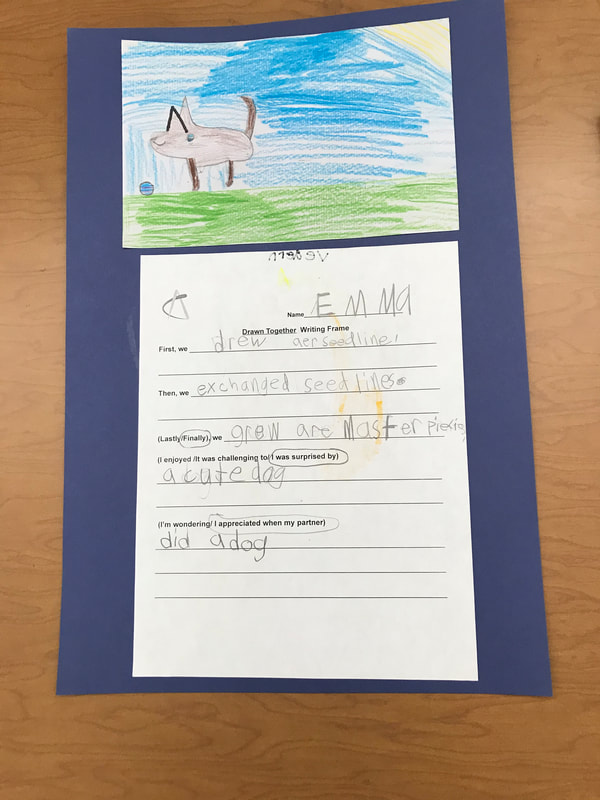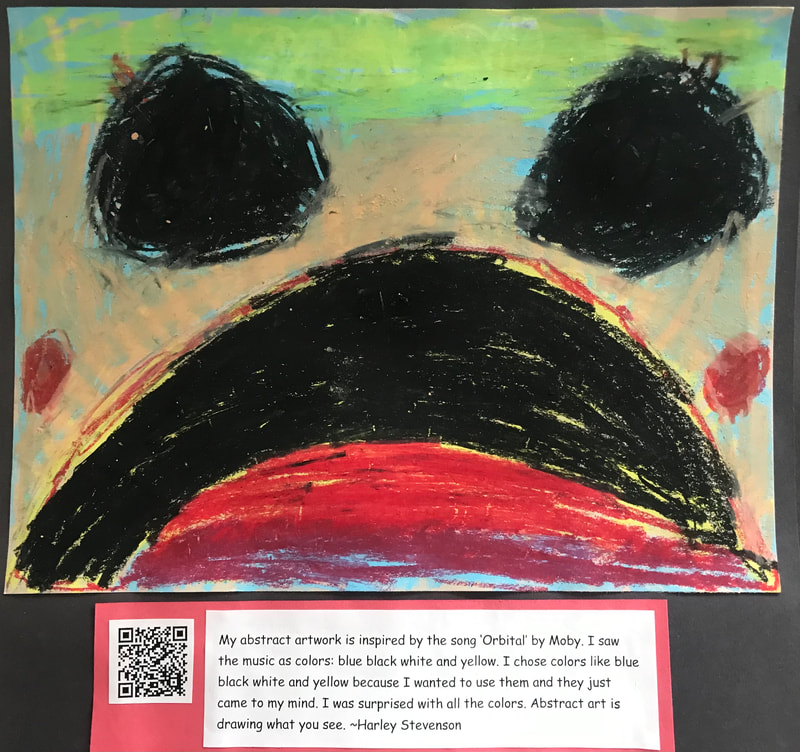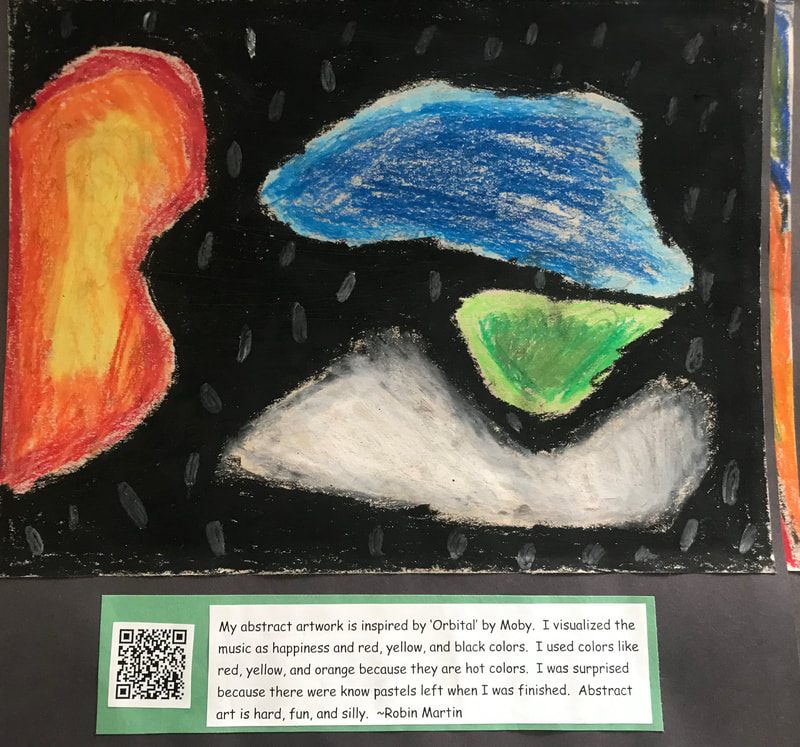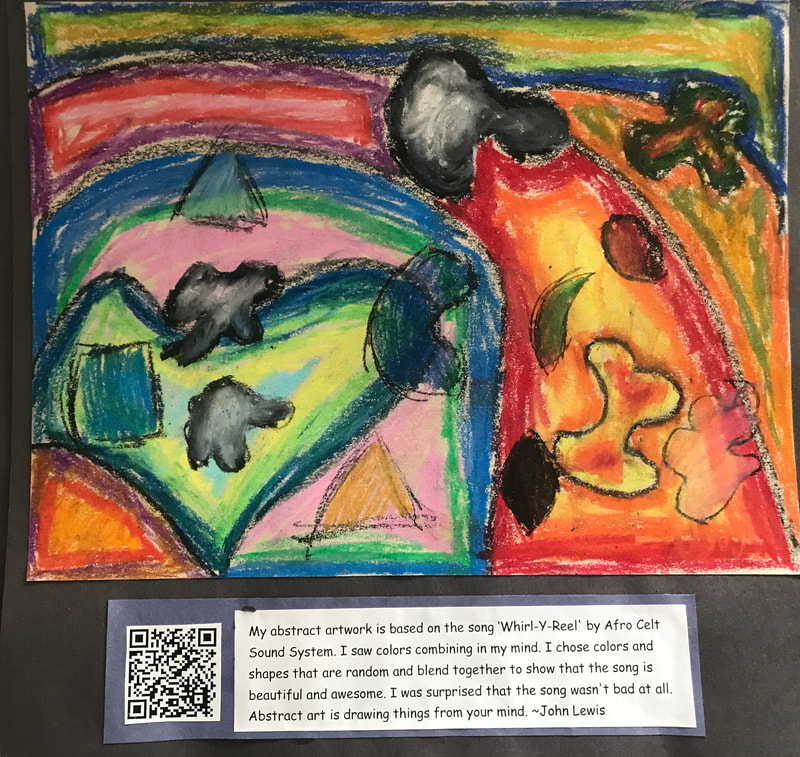Mrs. Hubner's 2nd grade Gallery
Drawn Together and Place Value Art Displayed
2019-2020
I was most surprised at the variety of artistic choices the place value pieces turned out to display. Many students took time throughout the days after the creations to determine place values as well as spark up conversation with artists about their number and placement choices. We had a reflection time a few days after displaying the works where I handed each student two posted notes and had them record the place value of two works of their choice next to the pieces themselves. The session sparked great debates for their reasoning and then we reflected on what they liked about their piece and one thing they would change if they did it again. The integration of art elements and mathematical vocabulary was braided together so lovely with this project, it's a treasured lesson I'll keep for years to come!
2019-2020
I was most surprised at the variety of artistic choices the place value pieces turned out to display. Many students took time throughout the days after the creations to determine place values as well as spark up conversation with artists about their number and placement choices. We had a reflection time a few days after displaying the works where I handed each student two posted notes and had them record the place value of two works of their choice next to the pieces themselves. The session sparked great debates for their reasoning and then we reflected on what they liked about their piece and one thing they would change if they did it again. The integration of art elements and mathematical vocabulary was braided together so lovely with this project, it's a treasured lesson I'll keep for years to come!
The Drawn Together project made for the most shock and awe reaction piece of the year. After reading the book, and seeing some examples, the kids were itching to get started. Once the seed lines were created and handed in, the anticipation was growing. Their reactions to the seed lines they received in return were priceless, loud shrilling grins, some telling neighbors what their plans were, and of coarse, wondering who got their seed line! Then the task of creating something from them came trickier to some. Most of my second graders reverted to an animal image then others went a different route. In the future, I would like to do this project once at the beginning of the year and once toward the end and see how their creative minds stretch themselves.
Integrated Lesson
2020-2021
Urban Suburban Rural
2.2.4. Compare and contrast basic land use in urban, suburban, and rural environments in California.
To Download this lesson, Click the link below
| updated_integrated_lesson_plan_2021.pdf | |
| File Size: | 90 kb |
| File Type: | |
Looking, Thinking, and Talking about these art pieces was all my second graders needed to define for themselves what urban, suburban, and rural environments were. (sorry for the glare) To individually look, notice, and wonder all three pieces took less than 10 min. After defining them, we compared and contrasted the environments together using the three way diagrams. This was my opening lesson.
After defining what the three environments were, we quick sketched them onto a trifold. (45 sec. each)
Our third activity was spent in small groups of 3-4, rotating around the classroom, sorting various images, paintings, and books into their urban, suburban, and rural environment groups.
Their final task was to demonstrate their knowledge of one of the environments by creating their own pieces to display. I provided the medium choices and a 45 minute time window. We took a gallery walk after the 45 min. creation session where students noticed, wondered, appreciated, and/or shared out something they would change if doing a second draft. After talking about the art pieces we guessed which environment each piece was based on.
DRAWN TOGETHER
2020-2021
Click here for the link to the drawn together Lesson plan.
This year I decided to start the stem line in black sharpie so it was clearly seen through the project's completion. The reflection was equally as valuable to the creation itself and was a springboard for good discussion. Some students decided to us the RAAC elements in their settings as well.

